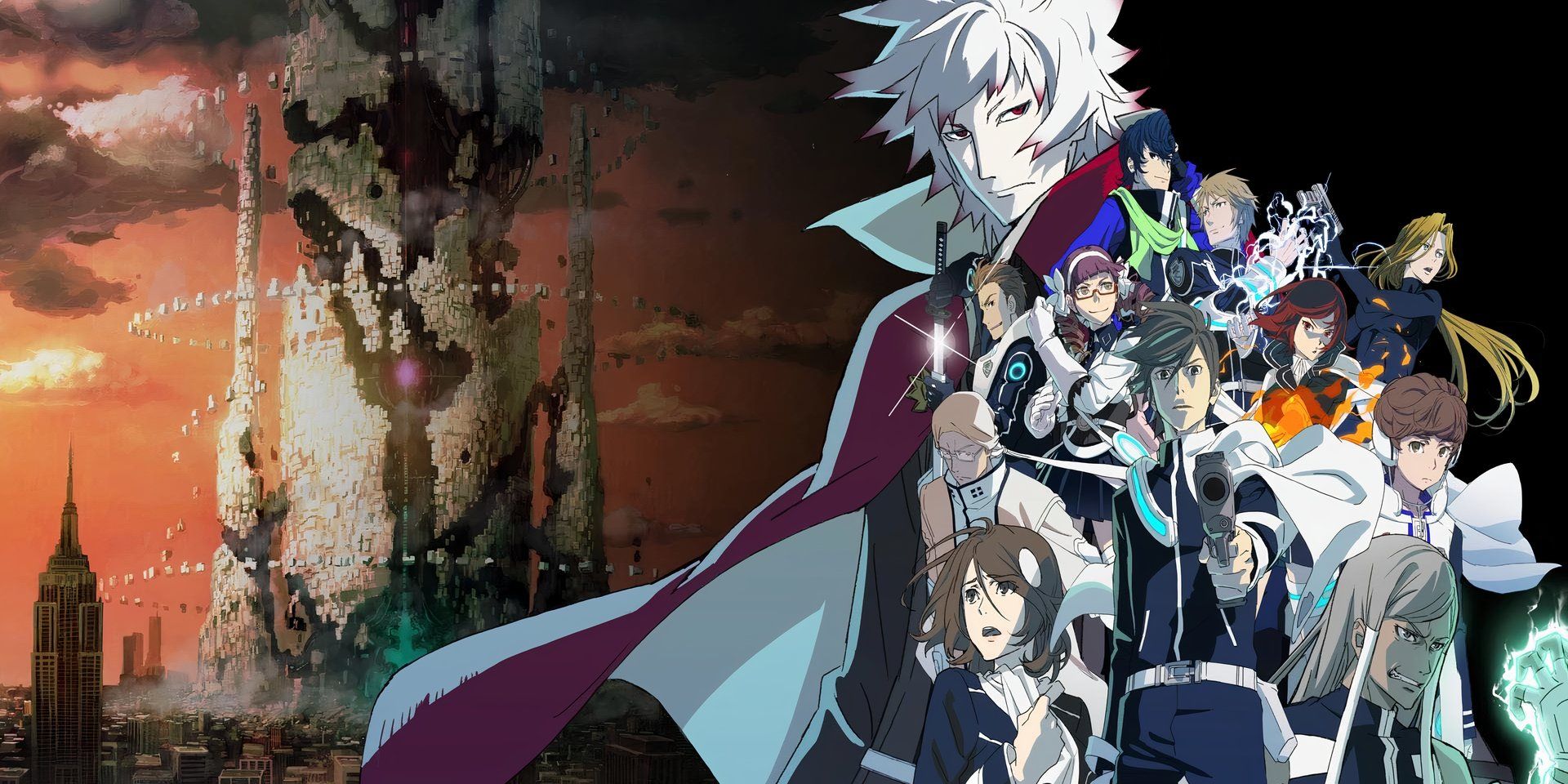
Although popular series like Final Fantasy, Dragon Quest, and Persona often take center stage in gaming discussions, it’s worth noting that numerous overlooked gems also exist within the realm of video games. These overlooked titles might have been region-specific, timed poorly, or belonged to lesser-known intellectual properties, making them less appealing to a wider audience. Regrettably, many of these underrated games have slipped into obscurity, but they continue to maintain dedicated fan bases who enthusiastically promote these often-overlooked releases.
Any dedicated fan of Japanese Role-Playing Games (JRPGs) has likely tackled the classics, immersed in their captivating stories and innovative battle systems. However, it’s worth exploring lesser-known titles as well. These games offer a fresh perspective on the genre, often challenging traditional tropes and mechanics to craft an experience that larger-budget games haven’t managed to replicate. Some provide a more conventional JRPG experience, making it easier for newcomers to jump in, while others revolutionize the genre by introducing unusual worlds and storylines. Each of these games is worth considering for your next JRPG journey.
This Classic Square JRPG Needs to Be Played
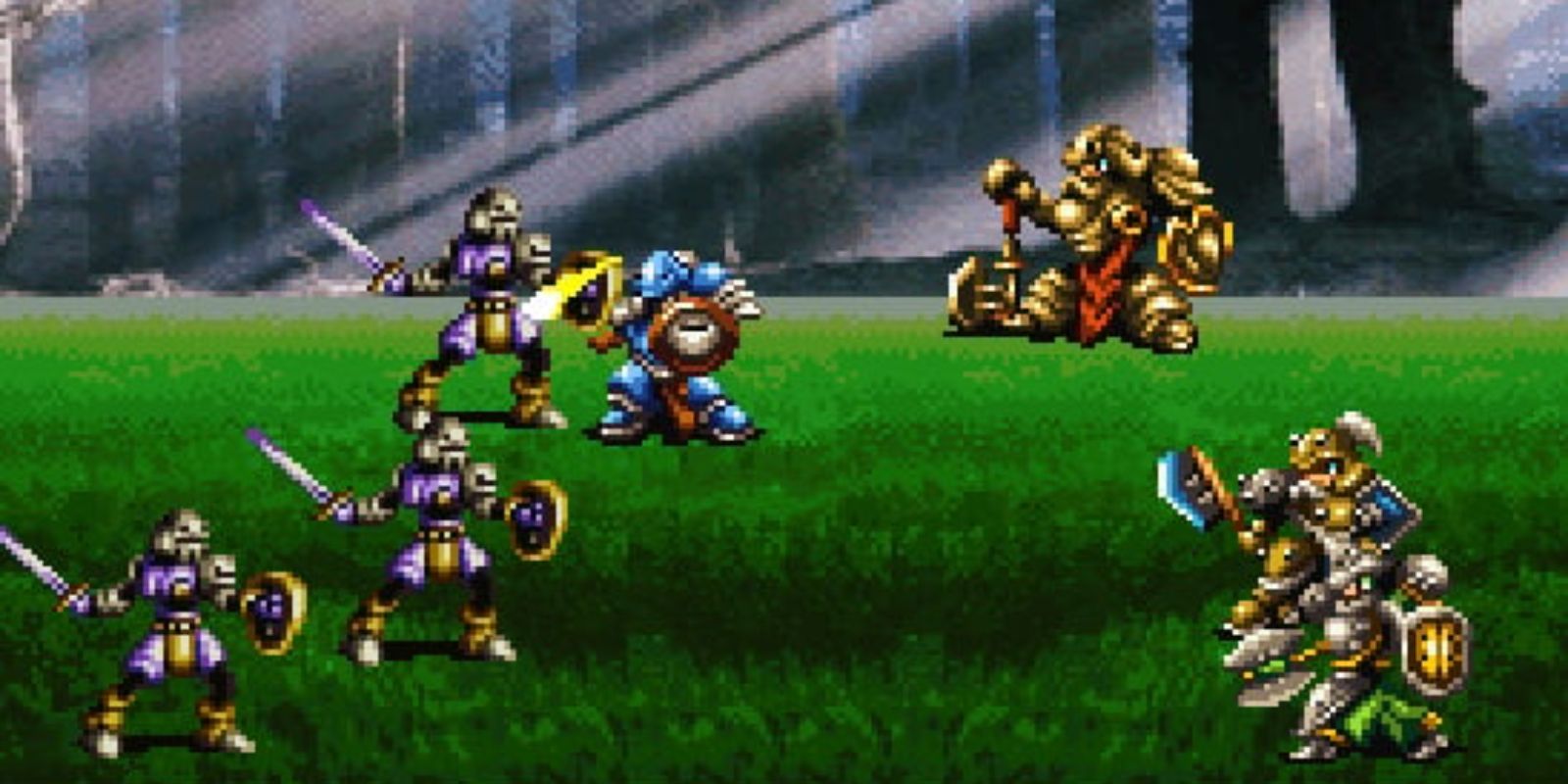
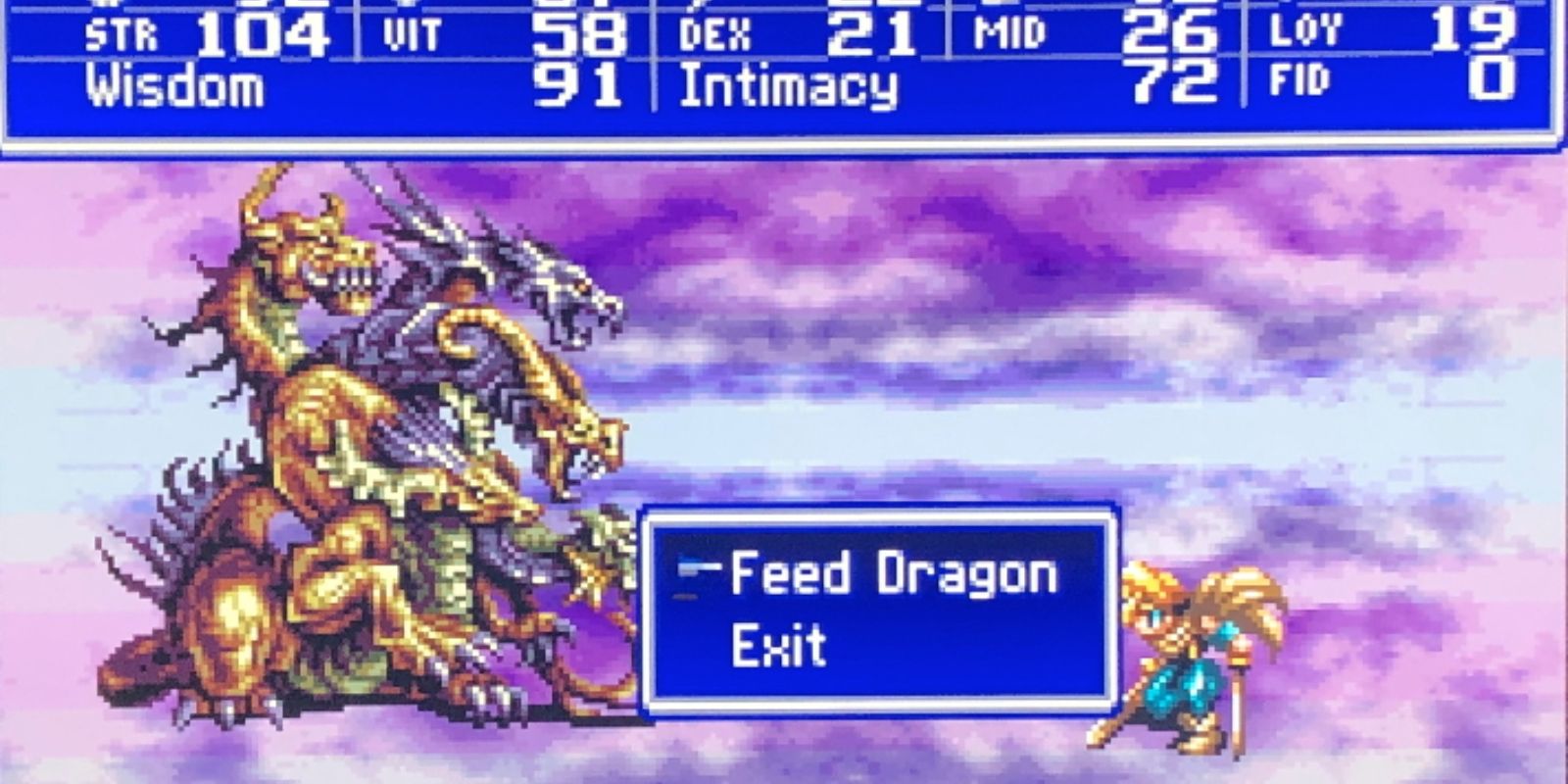

It’s really unfortunate that the game Bahamut Lagoon didn’t get a Western release. Had it been distributed, it would undoubtedly have been hailed as one of SquareSoft’s standout titles, gracing the hall of fame among their JRPG classics from the 90s. Launched in 1996 exclusively for the SNES in Japan, this semi-tactical game encapsulated the essence of a fantastic Final Fantasy journey. The story unfolds in the realm of Orelus, a world made up of floating lagoons inhabited by various nations. When the Granbelos Empire decides to attack the Kingdom of Khana, the world plunges into total war. It’s the protagonist and their party who must rise against the oppressive invaders and restore peace.
The fight system bears a resemblance to that found in two classic Square games, where characters traverse a grid-style map. When they encounter an adversary, it triggers a conventional turn-based battle sequence. The maps incorporate destructible environments, giving players the option to freeze lakes or ignite forests for tactical advantage. One of its distinctive elements is the dragon system; each squad leader has the ability to channel the power of a dragon. These powerful creatures are not directly controlled by the player but instead by AI. The dragons can unleash destructive attacks, but their behavior and capabilities are influenced by how the player treats them, as the items fed to them between battles determine their stats, abilities, and appearance. This fantastic retro JRPG is worth a try, as an excellent English translation is available.
This Game Birthed the Shadow Hearts Series
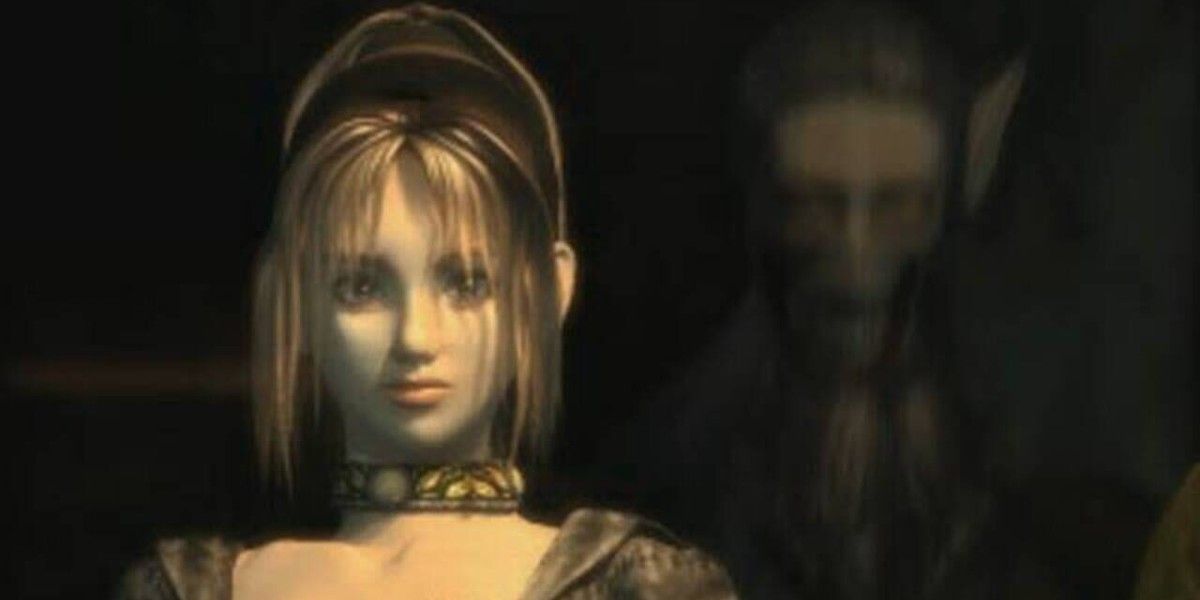
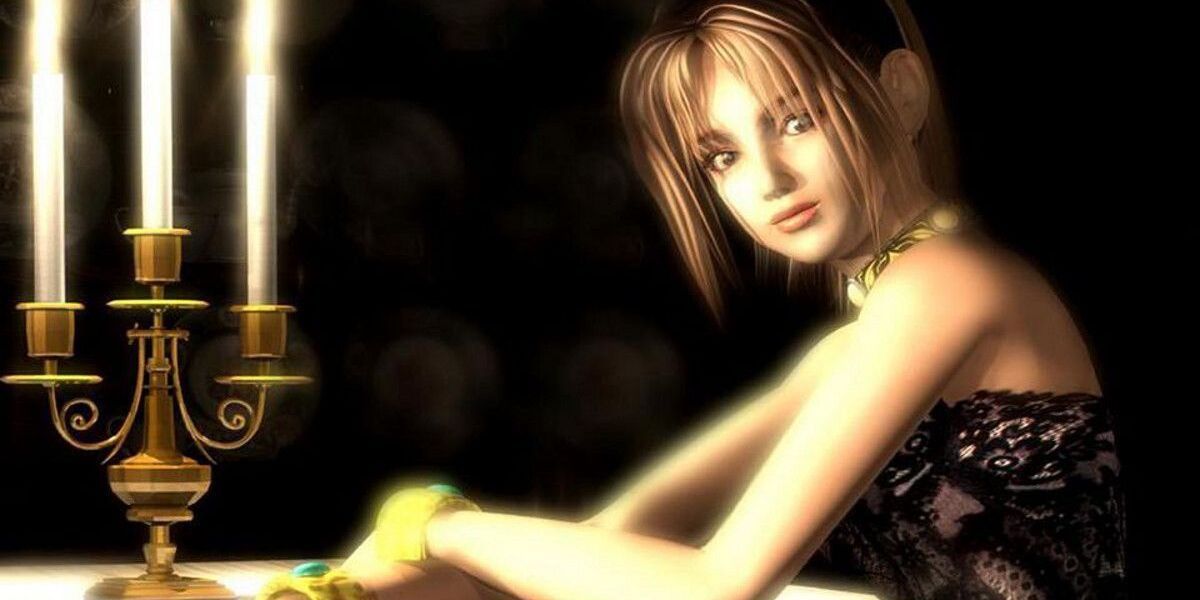
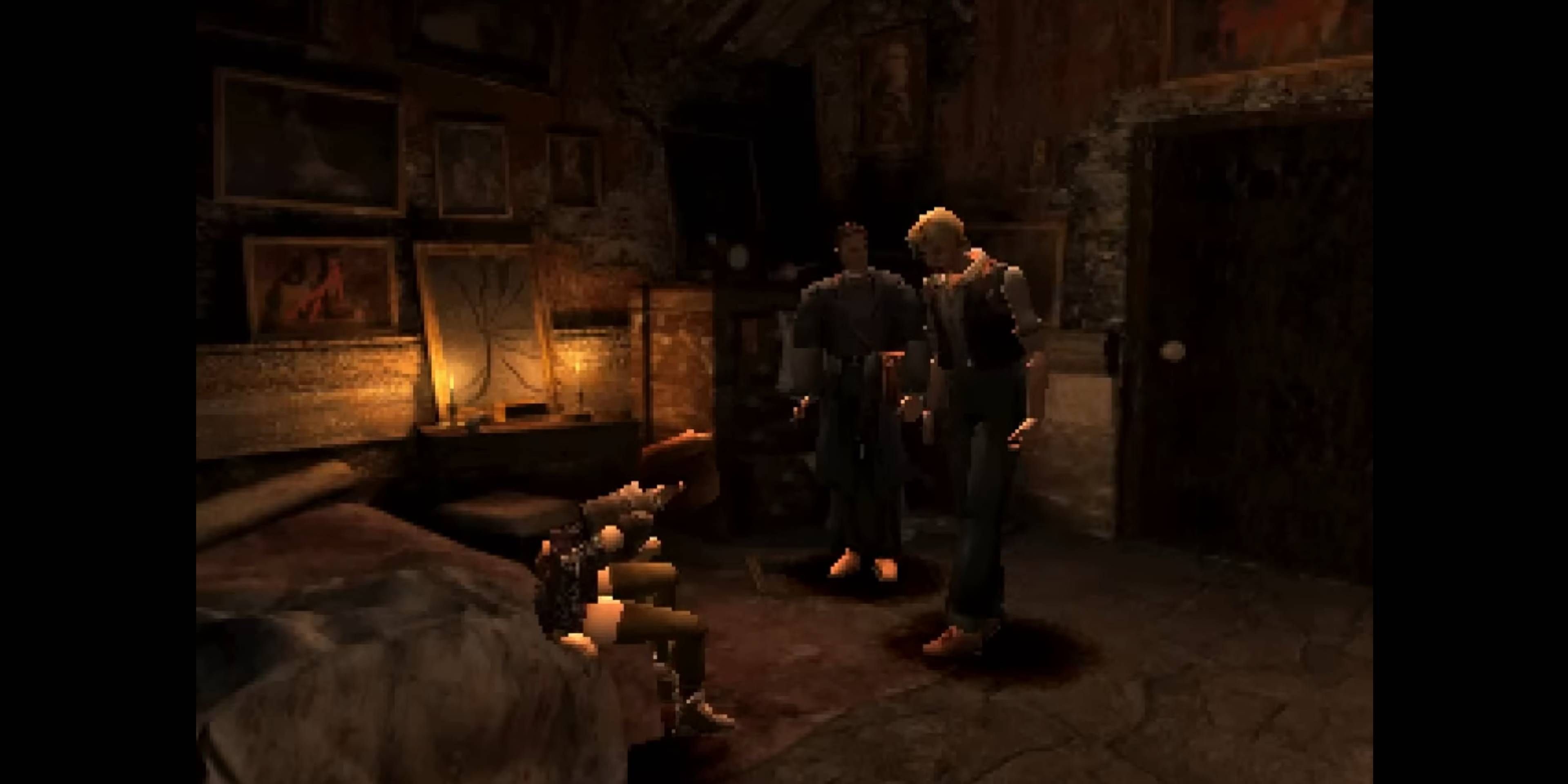
The “Koudelka” series, unfortunately underrated, delivers an atmospheric gothic journey reminiscent of horror masterpieces like “Nosferatu” and “Dracula”. This game masterfully merges survival horror elements with traditional JRPG mechanics, with every aspect meticulously designed to carry thematic weight. The story unfolds in 1898 and centers around Koudelka, a young psychic woman trying to flee the Nemeton Monastery in Wales. She teams up with an American vagabond named Edward Plunkett and a Catholic Bishop, James O’Flaherty. Together, they expose the chilling secrets of the monastery, confronting their personal traumas and deeply rooted convictions along the way.
The writing is simply outstanding and the dialogue adds to its charm. Just like survival horror games of the era, Koudelka features beautifully illustrated pre-rendered backdrops that make the world feel alive. It uses fixed camera angles and tank controls to build suspense. Battles occur on a grid with traditional turn-based gameplay. Character placement is crucial, and each character has a specific role: spell caster, melee expert, or ranged weapon specialist. Although combat can be slow, it’s not the main focus. Instead, Koudelka‘s true strength lies in its thought-provoking and mature storyline, which tackled subjects that many games of the time avoided.
Dive into the Mind of Chopin in This Unique JRPG
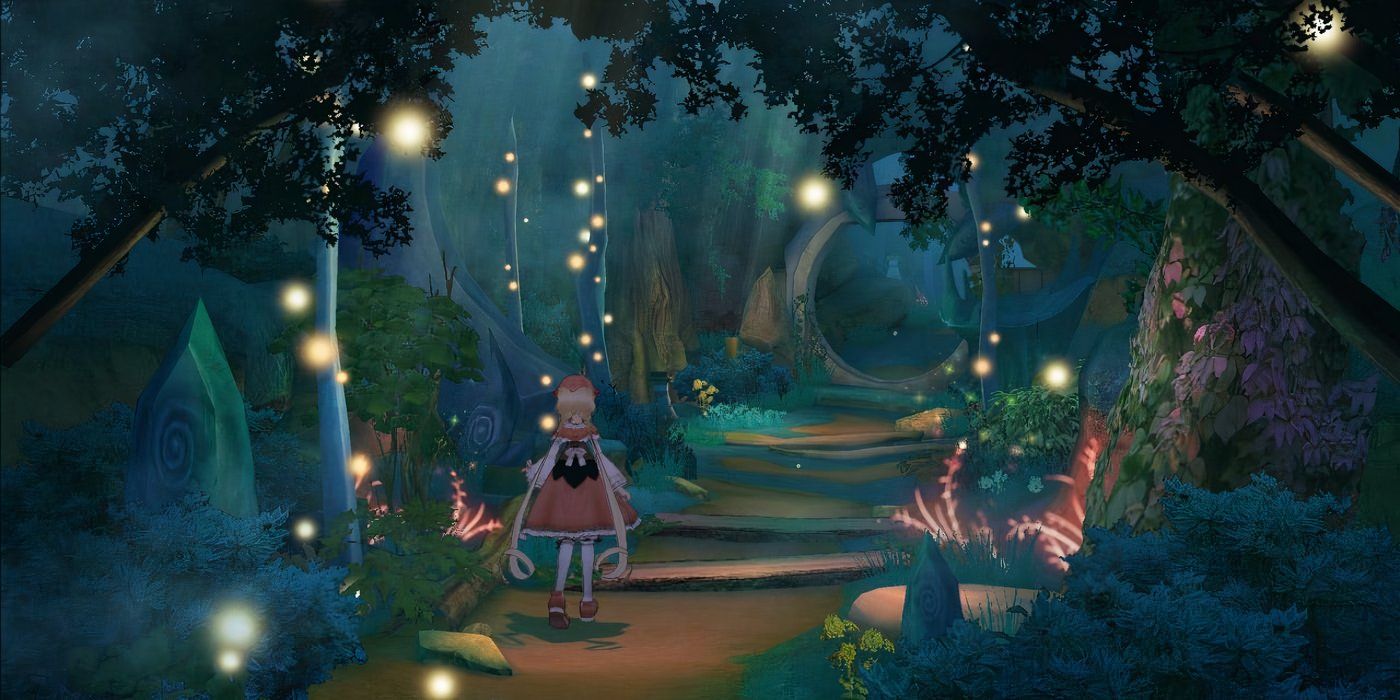
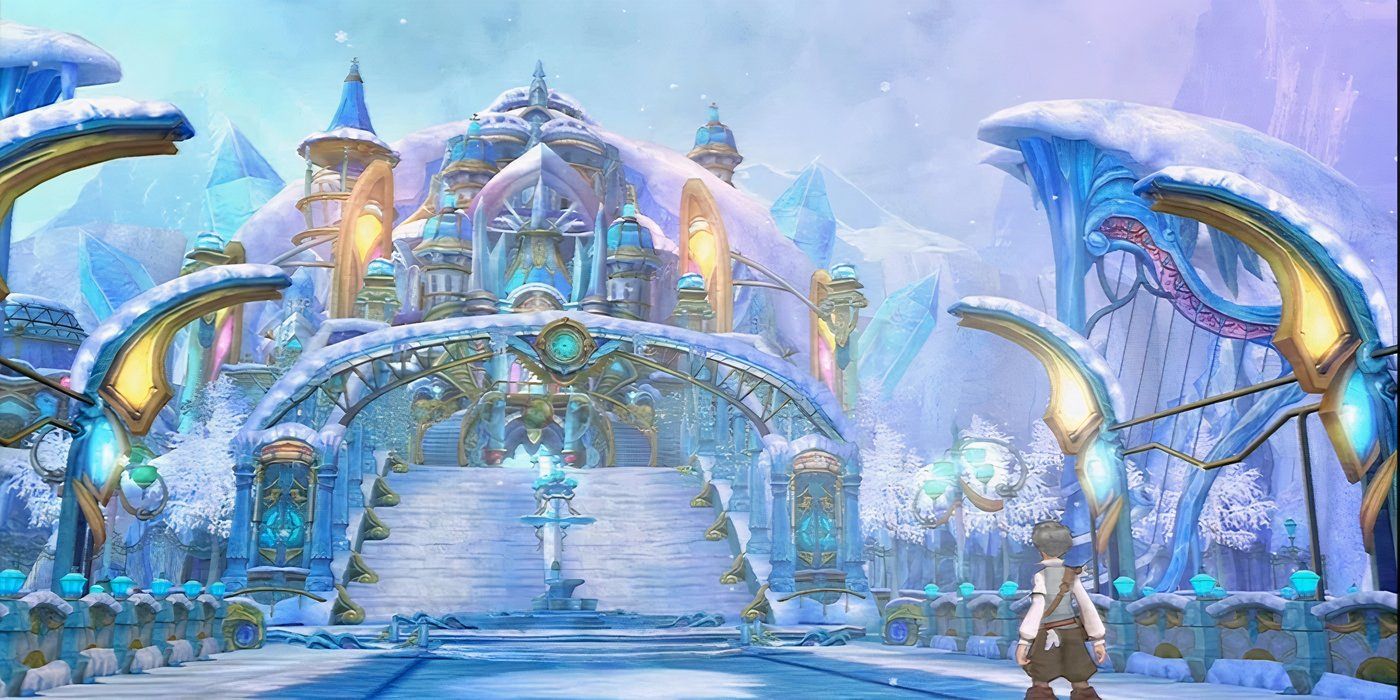

In a unique twist, the game titled Eternal Sonata is unlike anything else. The story revolves around the historical figure of Chopin, struggling with tuberculosis on his deathbed. As he dreams restlessly, he’s transported to an enchanting realm where terminally ill individuals possess magical abilities. The narrative explores themes of mortality, tradition, pain, and conflict, interweaving elements of fantasy with real-world occurrences. This creates an engaging learning experience for players, offering insights into Chopin’s life and his remarkable compositions.
In simpler terms, “Eternal Sonata” is a role-playing game (RPG) with a twist – it’s pseudo turn-based, meaning characters move in a 3D environment. During certain intervals called “Tactical Time,” you can give commands. The Action Gauge determines how many moves the players can make at once. This game is a tribute to classical music, where every feature has been designed to incorporate musical elements into the mechanics. There are engaging and varied aspects that also serve as an educational experience on the genre. Contrary to expectation, the soundtrack doesn’t use Chopin’s music; instead, it offers an original and beautifully crafted score that honors the composer rather than replicating his work. In essence, “Eternal Sonata” is a modern masterpiece that creatively combines art and gameplay.
This Cutesy Wii JRPG is Surprisingly Massive
From a glance at the box artwork and screenshots of Opoona, one might struggle to discern its narrative. It’s quite improbable that someone would surmise it as a JRPG, but indeed, that’s precisely what it is. Launched in 2009 for the Wii, the game centers around Opoona, who, along with his kin, experiences a crash-landing on the inhabited planet Landroll. After being separated from his family, Opoona undergoes training to transform into a Landroll Ranger and embarks on a quest to locate his siblings and combat the looming danger that menaces the planet.
As a gamer, I found myself immersed in the vibrant world of Opoona, where this game stands out with its unique feature – the colored sphere hovering above Opoona’s head, which plays a pivotal role in the “Active Bonbon Battle” system. To defeat enemies, I had to strategically issue commands and then toss the Bonbon at them using my trusty Nunchuk or Wii Remote. The real-time battles kept me on my toes, as they could quickly turn chaotic with enemies spread across three different rows.
In this game, I took on the role of a Landroll Ranger, earning licenses and dabbling in various jobs. These opportunities were not only available for the taking but also came from engaging activities such as working at a clothing store or honing my skills as an artist. The world of Landroll was expansive, with cities brimming with intricate details that made every corner worth exploring. Overall, I can confidently say that Opoona is an exceptional JRPG, a visual feast for any enthusiast of the genre.
This Techno Fantasy JRPG Is a Blast
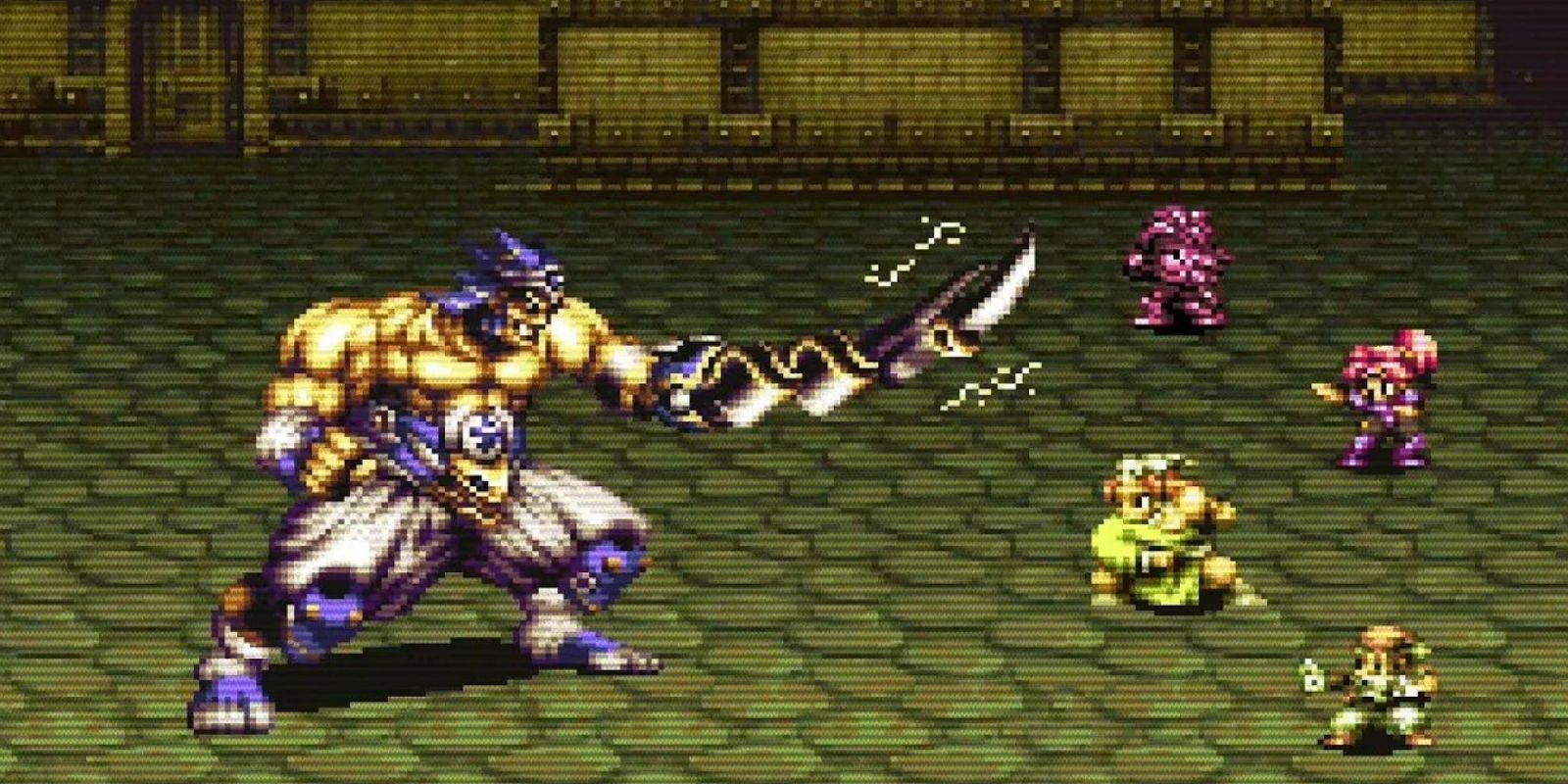
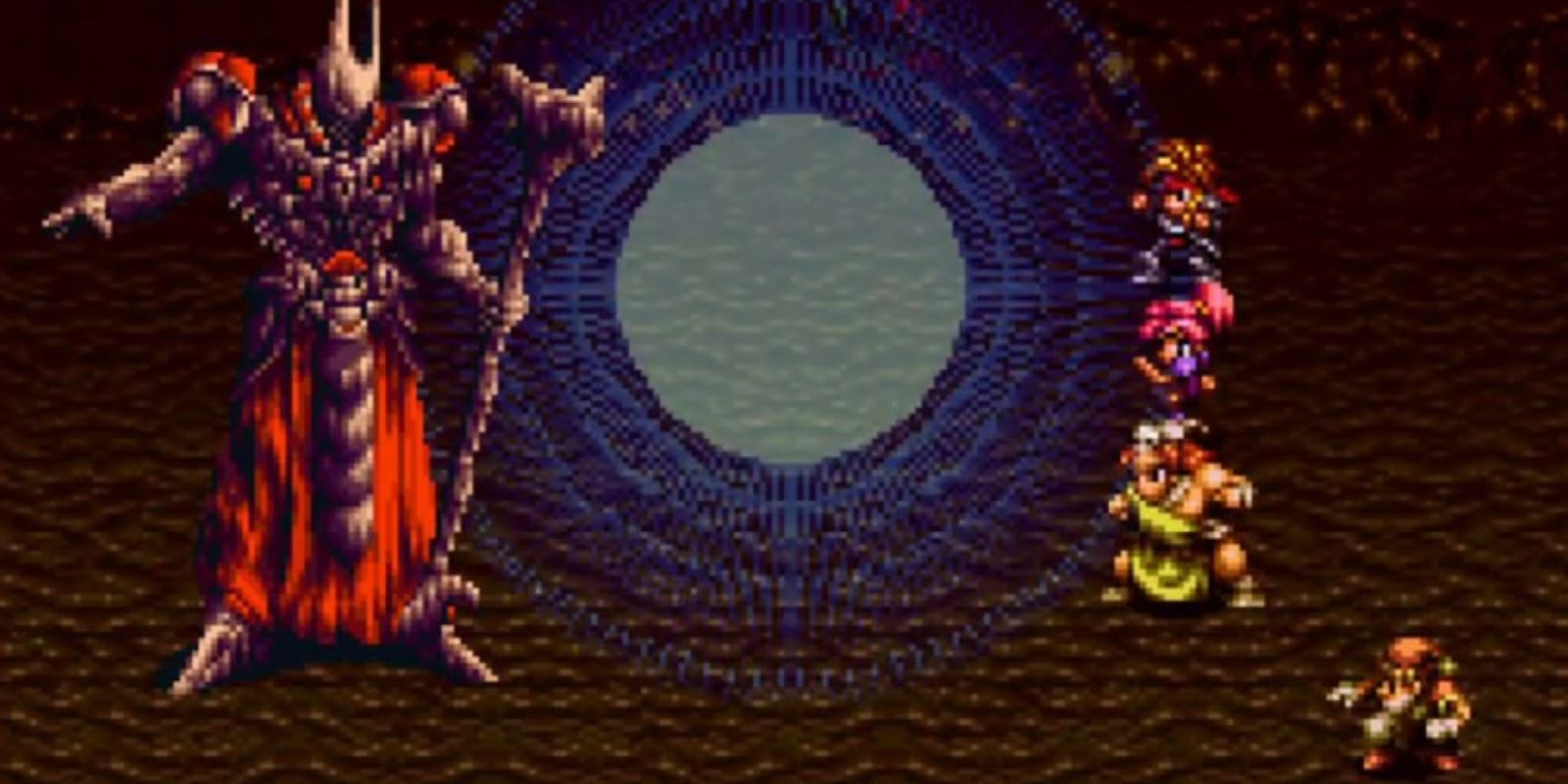
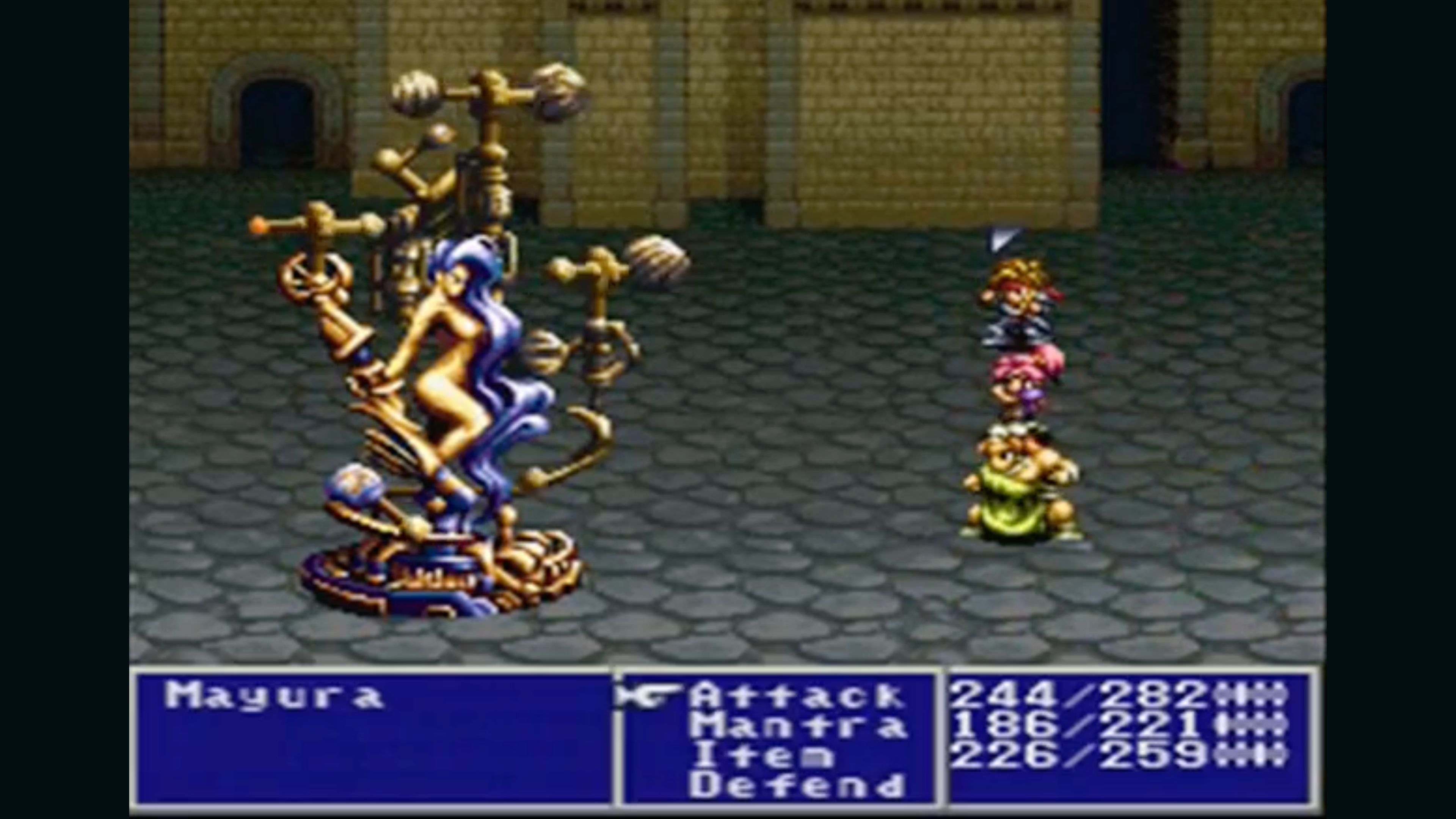
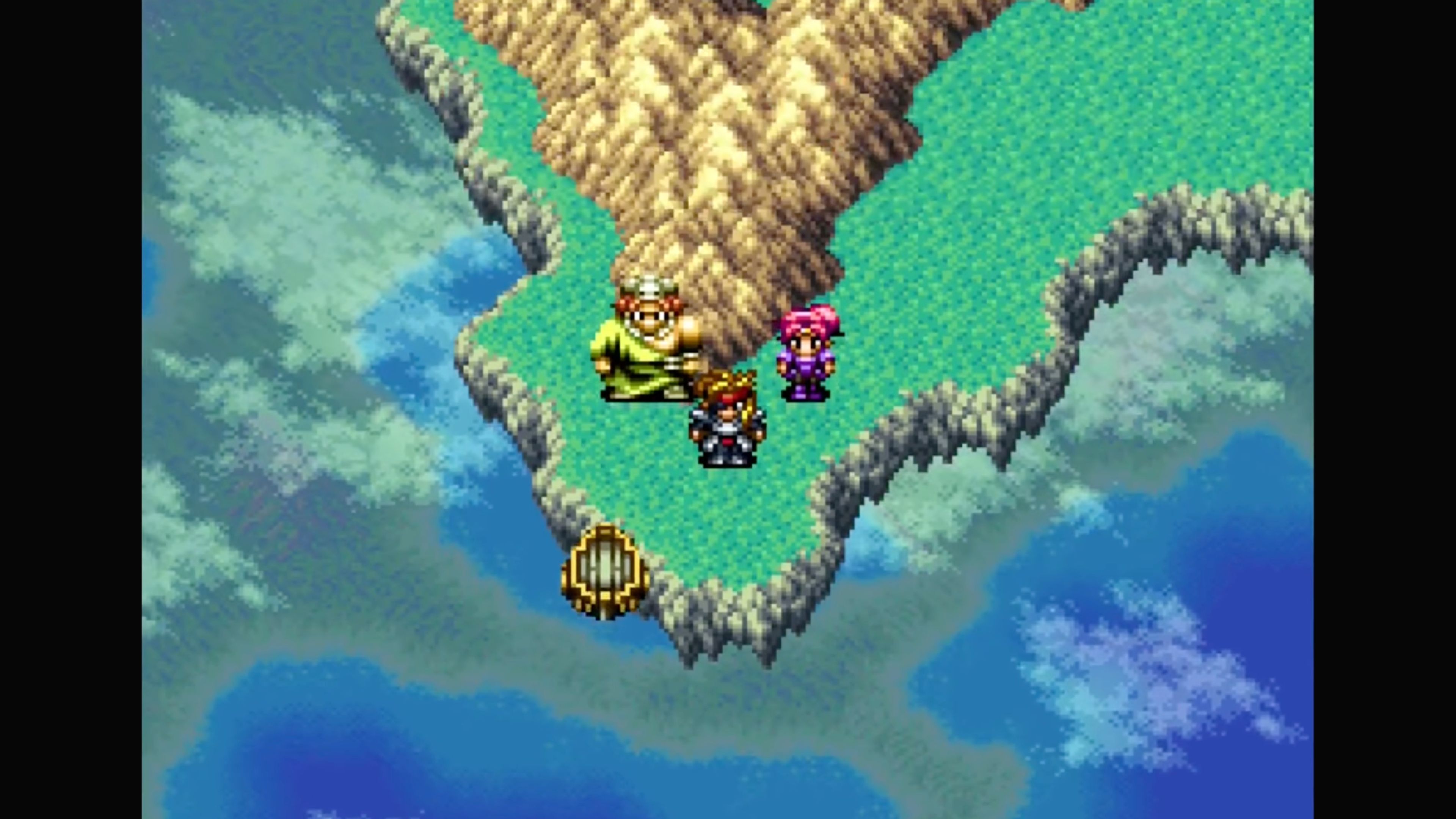
In contrast to the widespread acclaim for Final Fantasy VI as SquareSoft’s finest pixel art achievement, there’s another game that truly deserves this accolade. Released solely in Japan back in 1996, Treasure of the Rudras is a visually stunning title that… It was the last game SquareSoft developed for Nintendo’s outdated system before fully committing to the PlayStation 1. Labeling Treasure of the Rudras as just another run-of-the-mill JRPG would be an injustice; it offers a standard yet innovative experience, providing a satisfying gaming journey that any fan of the genre would appreciate.
The game takes place in a world that undergoes an apocalypse every 4000 years, with the dominant species meeting extinction. In this game, you follow three characters: Sion, Riza, and Surlent, who are investigating why this cosmic event is happening more frequently. The story unfolds in three different ways initially, with a fourth option becoming available later. Each character’s tale eventually connects in a compelling conclusion. A unique aspect of the game is the Mantra mechanic, which allows players to type syllables and create custom spells, such as combining an offensive fire spell with a regenerative healing one for intriguing results. Known as Treasure of the Rudras, this JRPG has been translated into English by devoted fans, making it accessible to more players.
This JRPG Blends Tactical Action With Visual Novel Elements
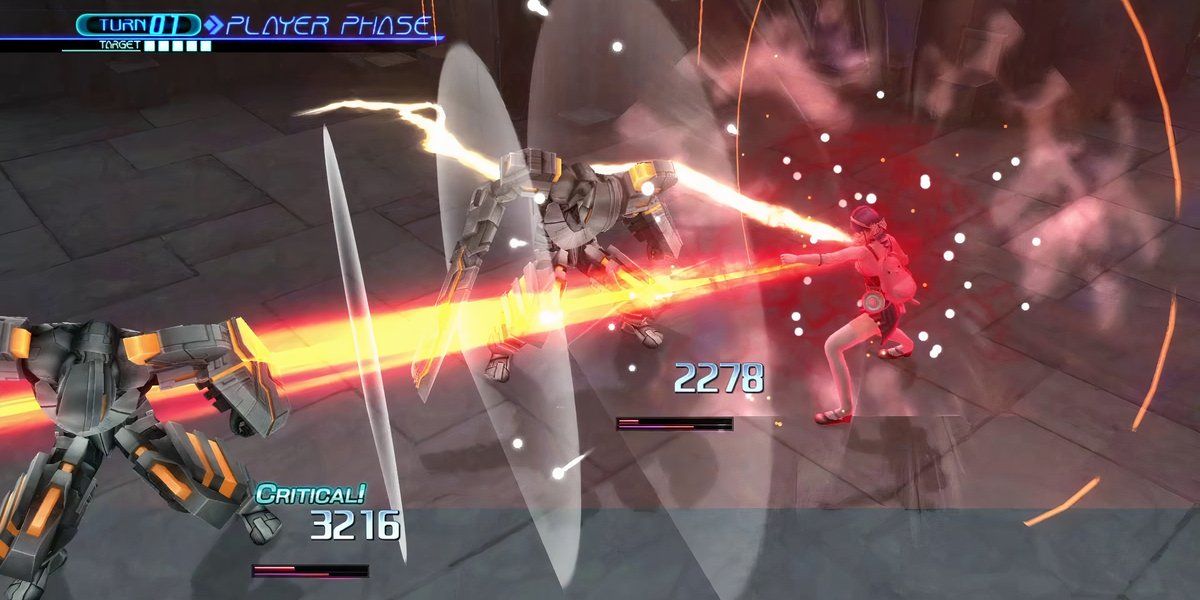
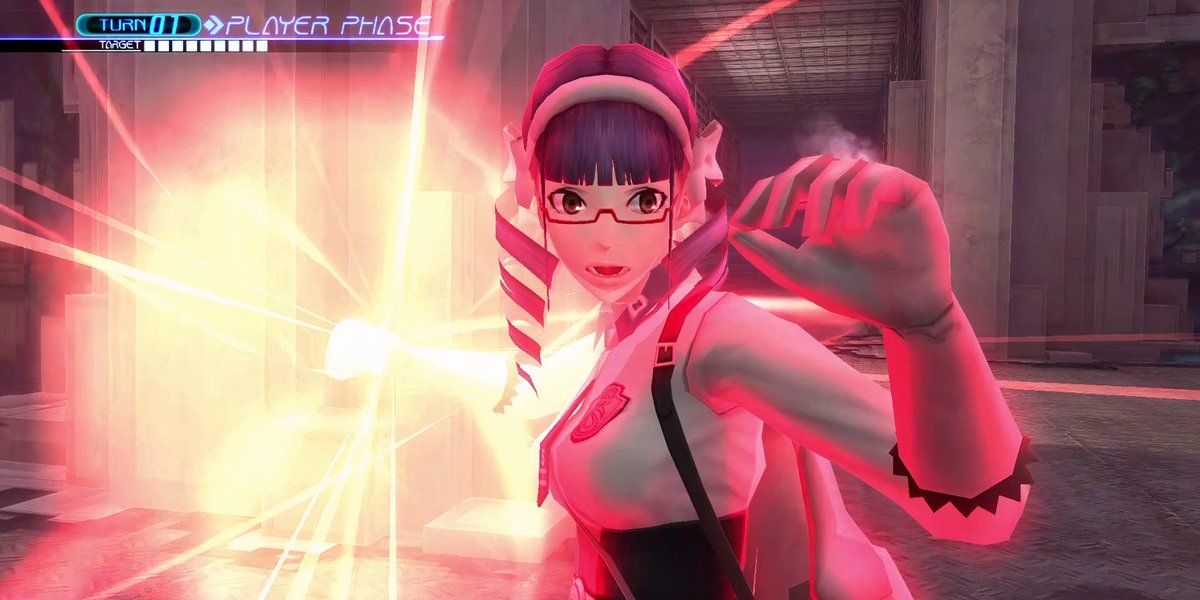
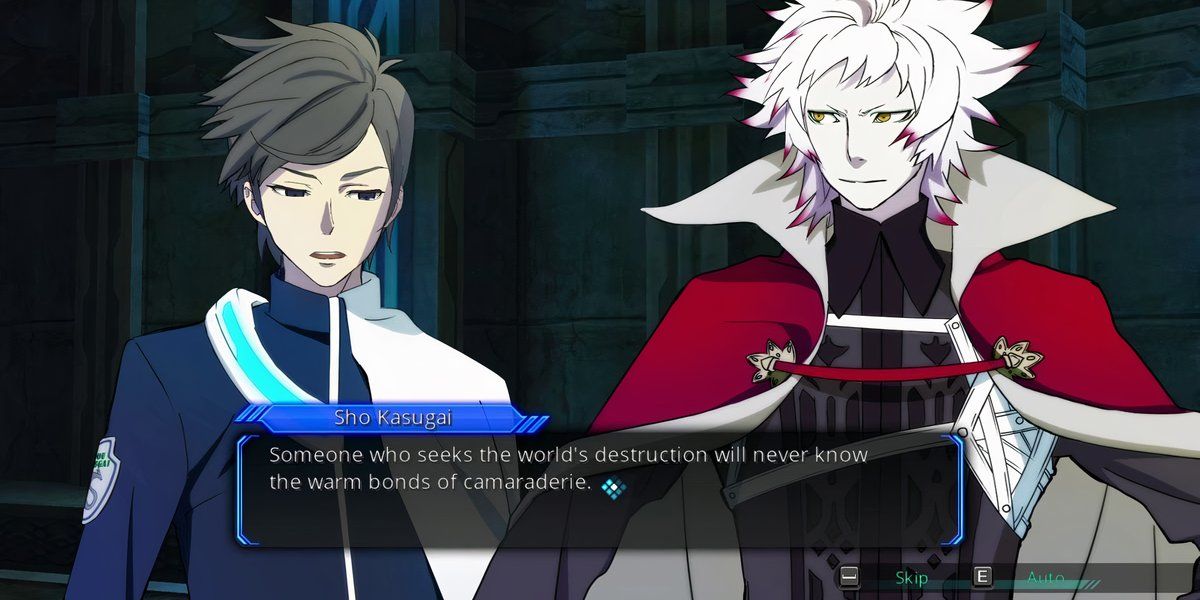
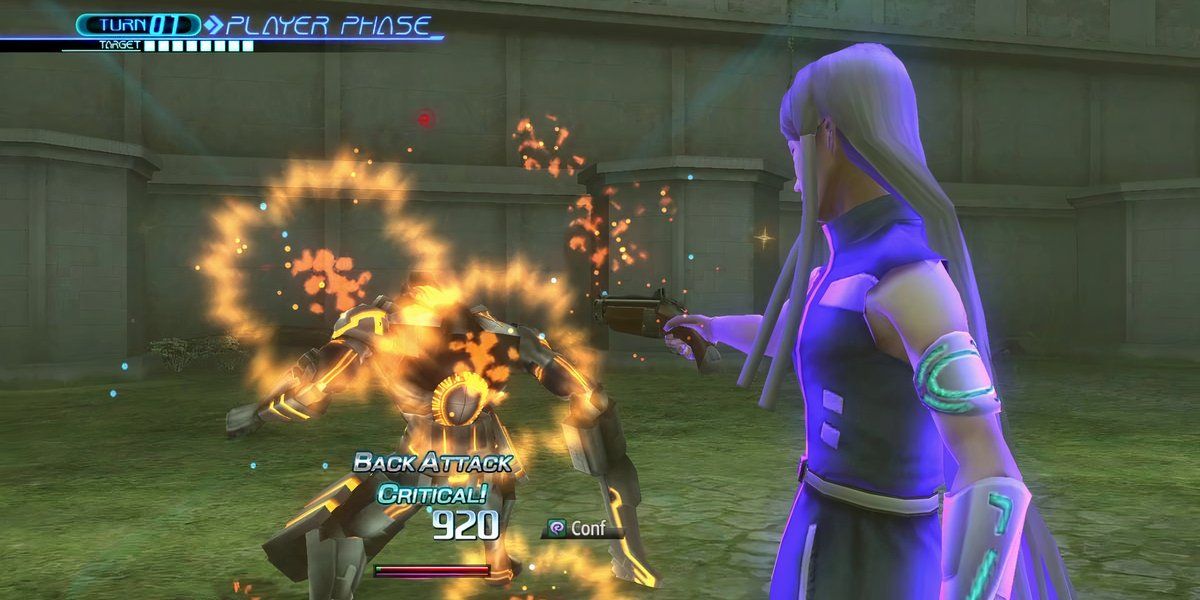
The PlayStation Vita was an outstanding device that sadly didn’t receive the recognition it deserved, boasting a vast library of fantastic Japanese games that haven’t gotten their fair share of attention. One such game is “Lost Dimension”. Released in 2015 and published by Atlus in North America, this tactical RPG, titled “Lost Dimension”, blends classic JRPG elements with innovative mechanics influenced by the genre. The story unfolds in a dystopian future where players assume the role of Sho Kasugai, a psychic soldier. Alongside his talented comrades, Sho must ascend a mysterious tower and vanquish The End to prevent the impending doom of the world.
In this game called Lost Dimension, the players’ teammates are exceptional individuals, collectively known as S.E.A.L.E.D., who possess diverse psychic talents that span from teleportation to pyrokinesis and telepathy. To outsmart their opponents, players must strategically arrange a well-balanced squad, considering the varying skills of these teammates. An intriguing aspect is the introduction of the traitor mechanic, where two randomly chosen characters in each playthrough are secretly traitors. The players must then employ deductive reasoning to identify these hidden enemies.
In terms of uncovering the traitors, the character Sho employs his foresight ability to spot discrepancies and emotional cues that help narrow down potential adversaries. Lost Dimension may not be flawless, but it offers a high level of replayability and features an endearing cast of characters. Fortunately, the game is now accessible on more platforms than just PS Vita and PS3; it has also been released for PC via Steam.
Avoid the Wii and PS2 Versions of This Excellent Game
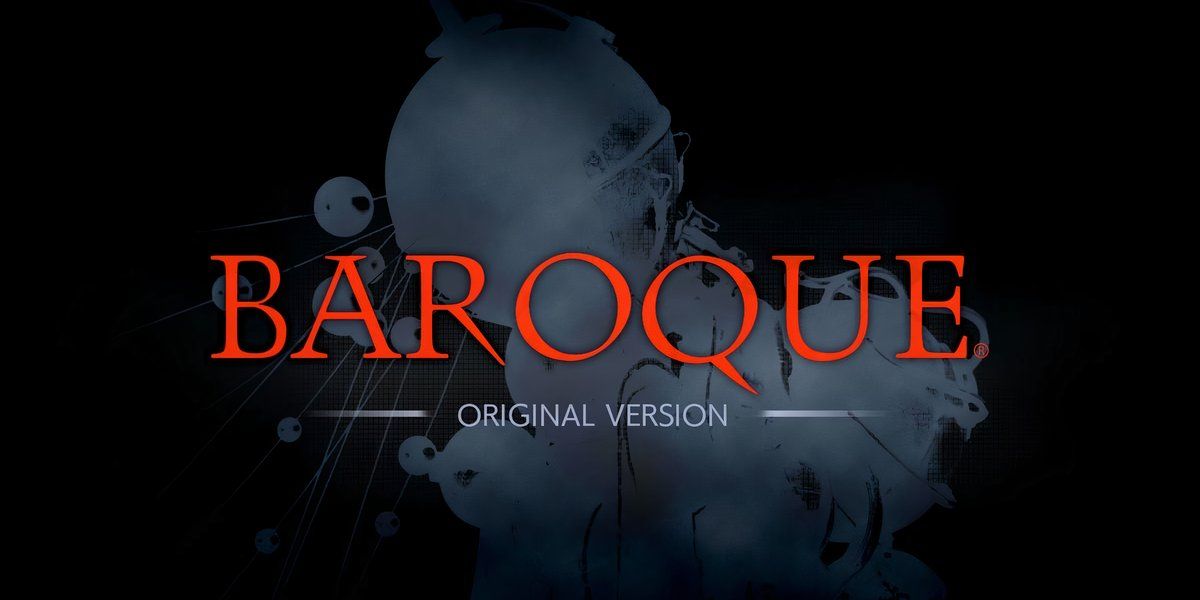
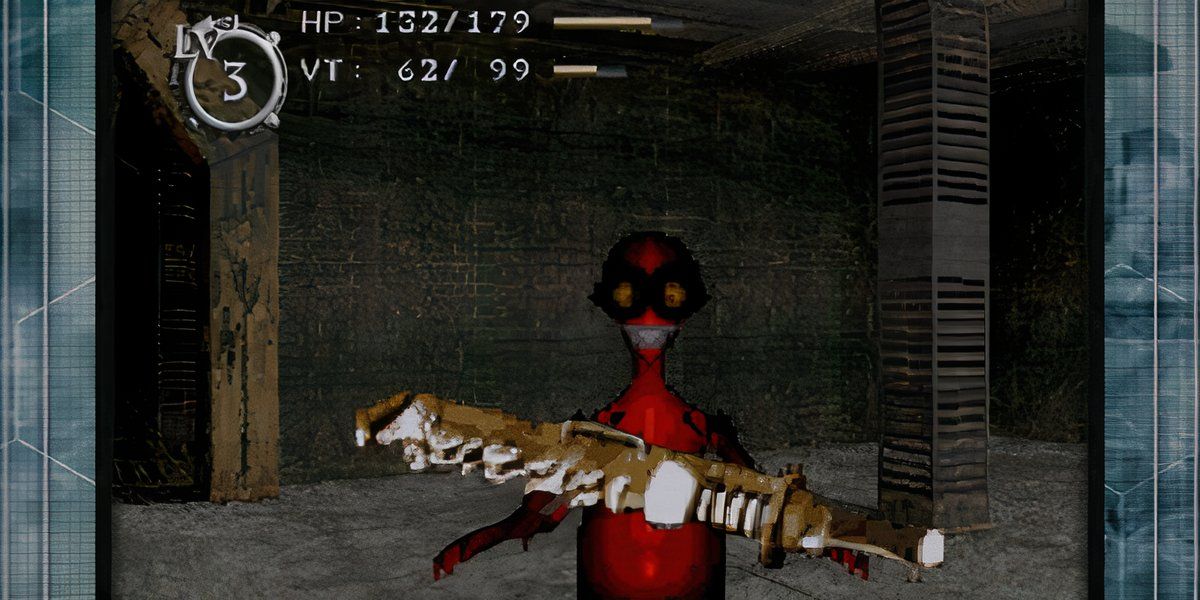
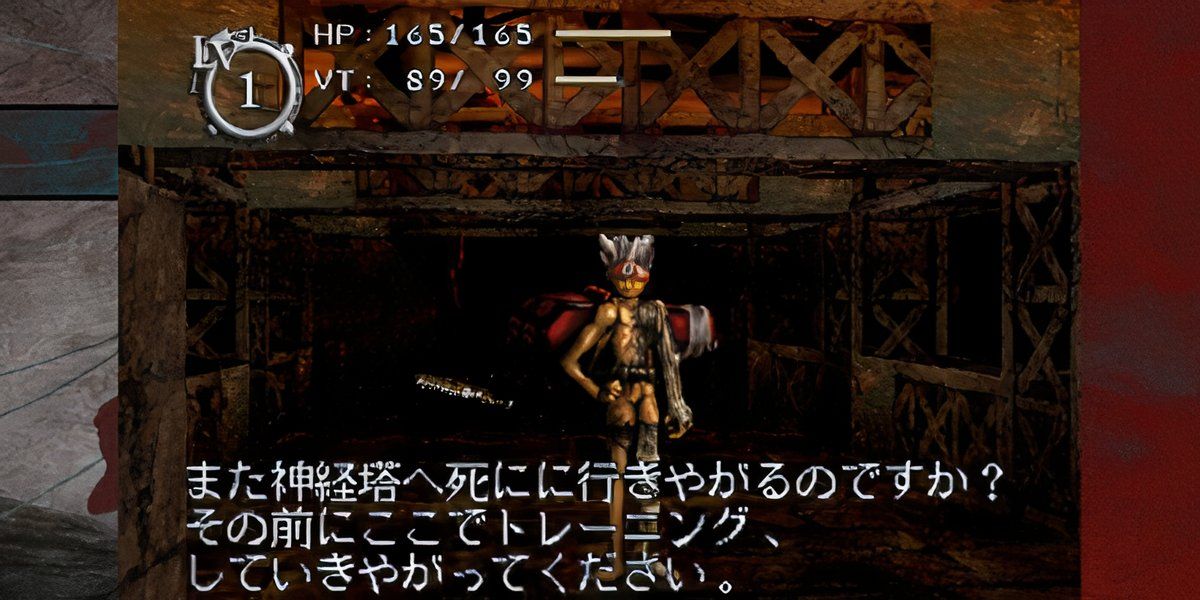
Originally launched in 1996 for PlayStation 1 and Sega Saturn, Baroque is a grim, labyrinthine game set in a post-apocalyptic landscape. Similar to other Japanese games of the time, it incorporates Christian symbolism and motifs into its storyline, with the player’s objective being to conquer the Neuro Tower and vanquish a deity. The game’s limited release outside of Japan can be attributed to this. The world of Baroque is often cryptic and disconcerting, featuring grotesque, mutated creatures and a color scheme dominated by rusty browns that contribute to an eerie ambiance. A bizarre fusion of body horror and machinery forms the backdrop for a mentally challenging and surreal journey.
The game called Baroque is mysterious, and it’s the player’s job to figure out its story and discover its meaning. As they climb the Neuro Tower, their mission is to purify the Meta-Beings that were once human. Along the way, death reveals new information and parts of the story, helping it progress. However, some people argue that remakes and updates can ruin the reputation of fantastic games, providing a less intense or genuine experience for players. One such instance is when Baroque was updated for the PlayStation 2 and Wii, ruining the original’s eerie art style and offering a 3D adventure with no atmosphere. The 1996 release of this game is essential to play, but it can be challenging to access due to needing an emulator and an English translation patch. But, it’s worth the work to experience its brilliance.
The PoPoLoCrois Series Hardly Ever Gets Localized, Making This Entry Special
The PoPoLoCrois series, originating from a 1977 manga and initially transformed into a game in 1996 for the PlayStation 1, is a well-established role-playing game series that never quite reached Western shores, despite its popularity. Its sole faithful release was PopoloCrois on the PSP, making it the only game from this series to be adapted for an audience unaccustomed to its charming fantasy role-playing experience. This game combined the content of the first two Japan-exclusive releases, improving its graphics, gameplay mechanics, and altering the storyline to connect the two games. The result was a visually stunning adventure with a captivating narrative that boasted a level of depth one might not expect from such a whimsical presentation.
In this game, players take on the character of Prince Pietro, a young noble who embarks on a journey to save his kingdom. There are similarities to another charming JRPG, Ni No Kuni: Wrath of the White Witch. As the story unfolds, Pietro discovers that his mother, believed to be deceased, is actually trapped in a cursed sleep. To free her, he must gather fragments of her spirit. Eventually, he encounters a catastrophic menace that he must vanquish. The gameplay involves moving on an isometric grid and performing actions based on the player’s position. The combat isn’t particularly difficult, offering a pleasant experience for those who want to immerse themselves in the captivating narrative without undue stress.
If You’re Looking for a Traditional JRPG, Brave Story Is Your Game
The game “Brave Story: New Traveler,” released in 2006 for the PSP, adheres to the traditional JRPG structure yet excels due to its simplicity and engaging adventure. It caters to both beginners and veterans, making it a delightful choice for all. Loosely inspired by a novel of the same name, the game follows the isekai narrative: Tatsuya’s friend Miki becomes ill while he’s engrossed in his PSP gaming. Upon learning about her condition, he makes a desperate wish for her recovery, and a mysterious voice offers him the chance to save Miki by venturing into an uncharted realm and gathering five gems. This initiates Tatsuya’s quest to rescue his friend.
In “Brave Story: New Traveler”, we see a unique twist as it moves away from typical JRPG storylines. Unlike many games where the protagonist battles a world-threatening force, this game centers around the collection of gems. To make up for this, it places greater importance on character development and interactions. The narrative is about maturity, selflessness, and hope, and these themes are beautifully portrayed by the characters.
In combat, the game follows traditional JRPG turn-based mechanics, with nothing particularly innovative. However, there are special abilities and team attacks to spice things up. While it may not offer anything groundbreaking in terms of battle systems, it’s definitely worth playing as it aims to provide an enjoyable experience for a wide variety of players.
This JRPG’s Cartoony Horror Visuals Are Oddly Charming.
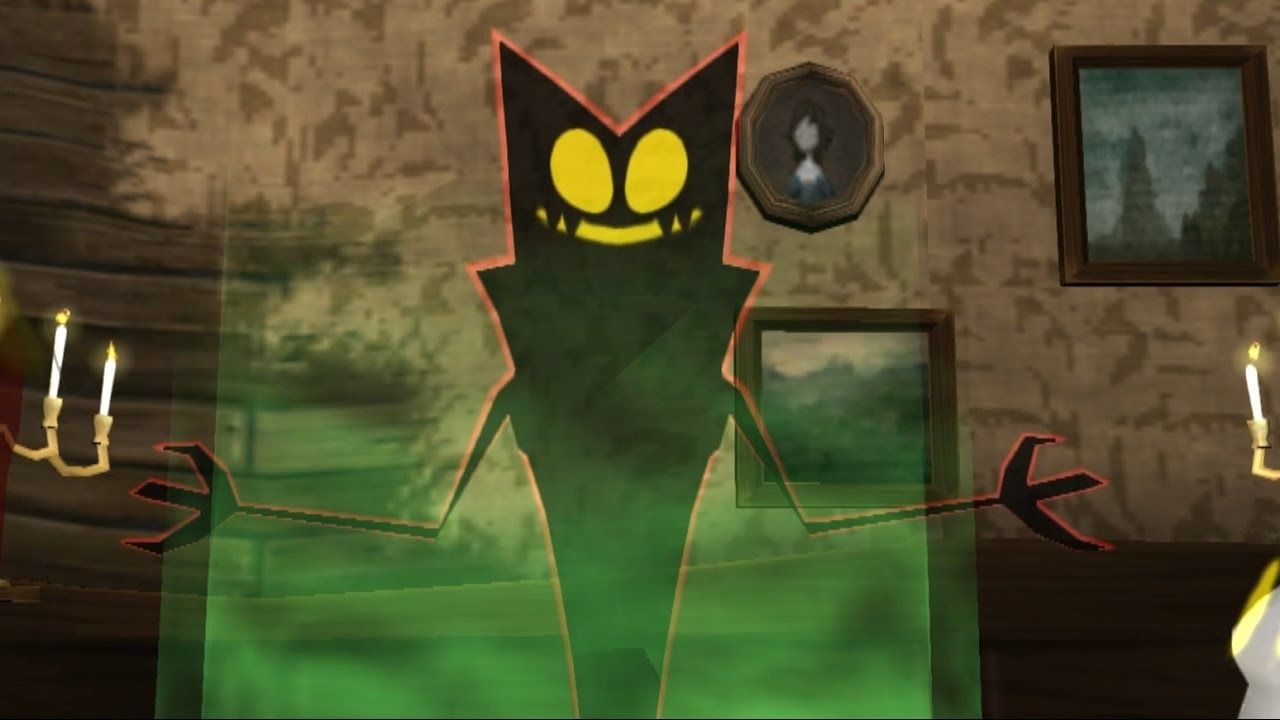
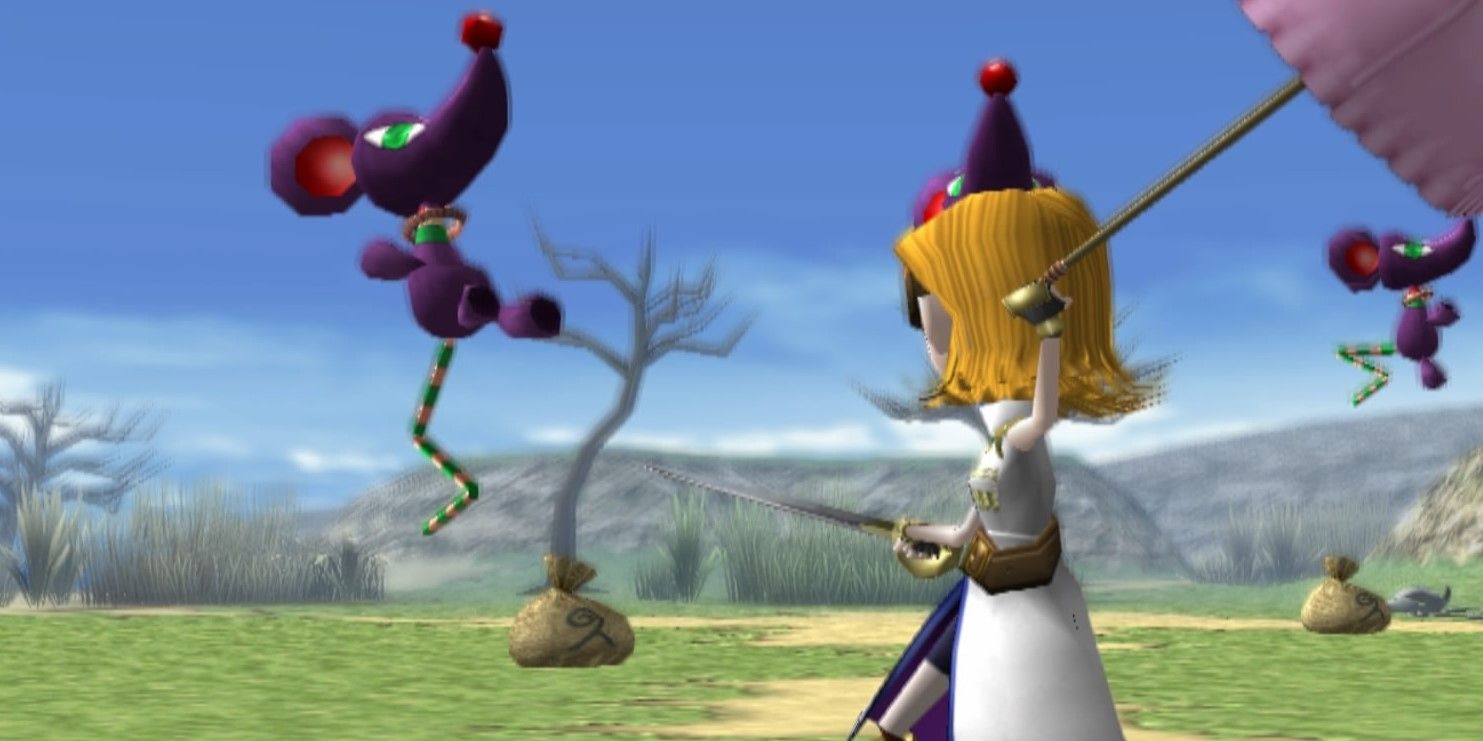
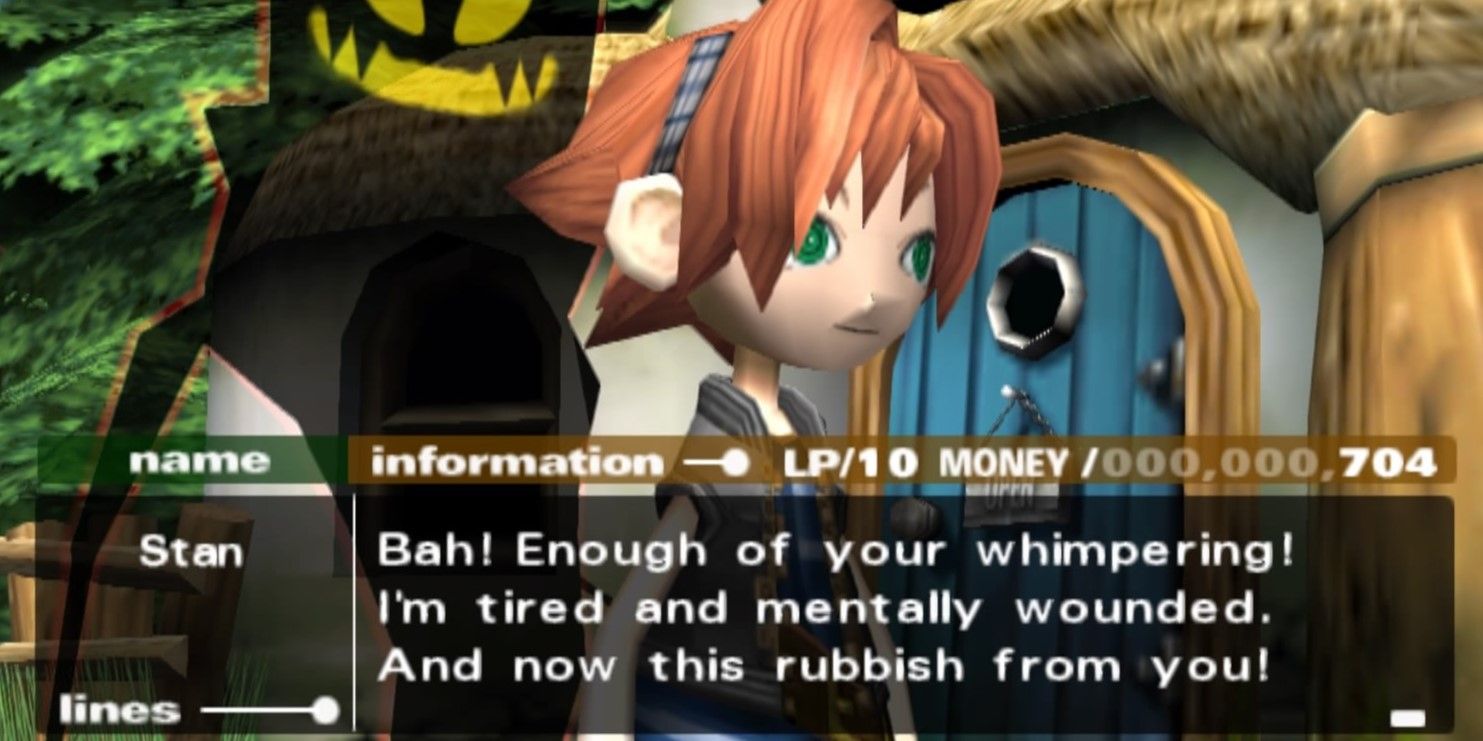
Shadow King,” offers a humorous twist on typical genre conventions, blending offbeat and occasionally dark humor. You’ll play as Ari, who gets possessed by an evil spirit named Stan. Stan convinces Ari’s shadow to embark on a quest to reclaim the title of Evil King and vanquish pretenders to the throne. The game maintains a light-hearted tone; its dialogue is engaging, with characters making witty comments about the storyline that often provoke laughter. The relationship between Stan and Ari is amusing, as Ari’s reserved personality contrasts with Stan’s boisterous attitude.
In this game, the world appears strangely designed, showcasing towns with unusual dimensions and adversaries boasting peculiar shapes. The fighting system is a conventional turn-based one, offering nothing particularly groundbreaking. However, Ari teams up with two other characters, and t Shadow King offers a unique experience that’s worth exploring.
Read More
- Clash Royale Best Boss Bandit Champion decks
- PUBG Mobile or BGMI A16 Royale Pass Leaks: Upcoming skins and rewards
- Mobile Legends November 2025 Leaks: Upcoming new heroes, skins, events and more
- Clash Royale Season 77 “When Hogs Fly” November 2025 Update and Balance Changes
- Zack Snyder’s ‘Sucker Punch’ Finds a New Streaming Home
- The John Wick spinoff ‘Ballerina’ slays with style, but its dialogue has two left feet
- Deneme Bonusu Veren Siteler – En Gvenilir Bahis Siteleri 2025.4338
- Tom Cruise’s Emotional Victory Lap in Mission: Impossible – The Final Reckoning
- Kingdom Rush Battles Tower Tier List
- Clash Royale November 2025: Events, Challenges, Tournaments, and Rewards
2025-05-05 04:22